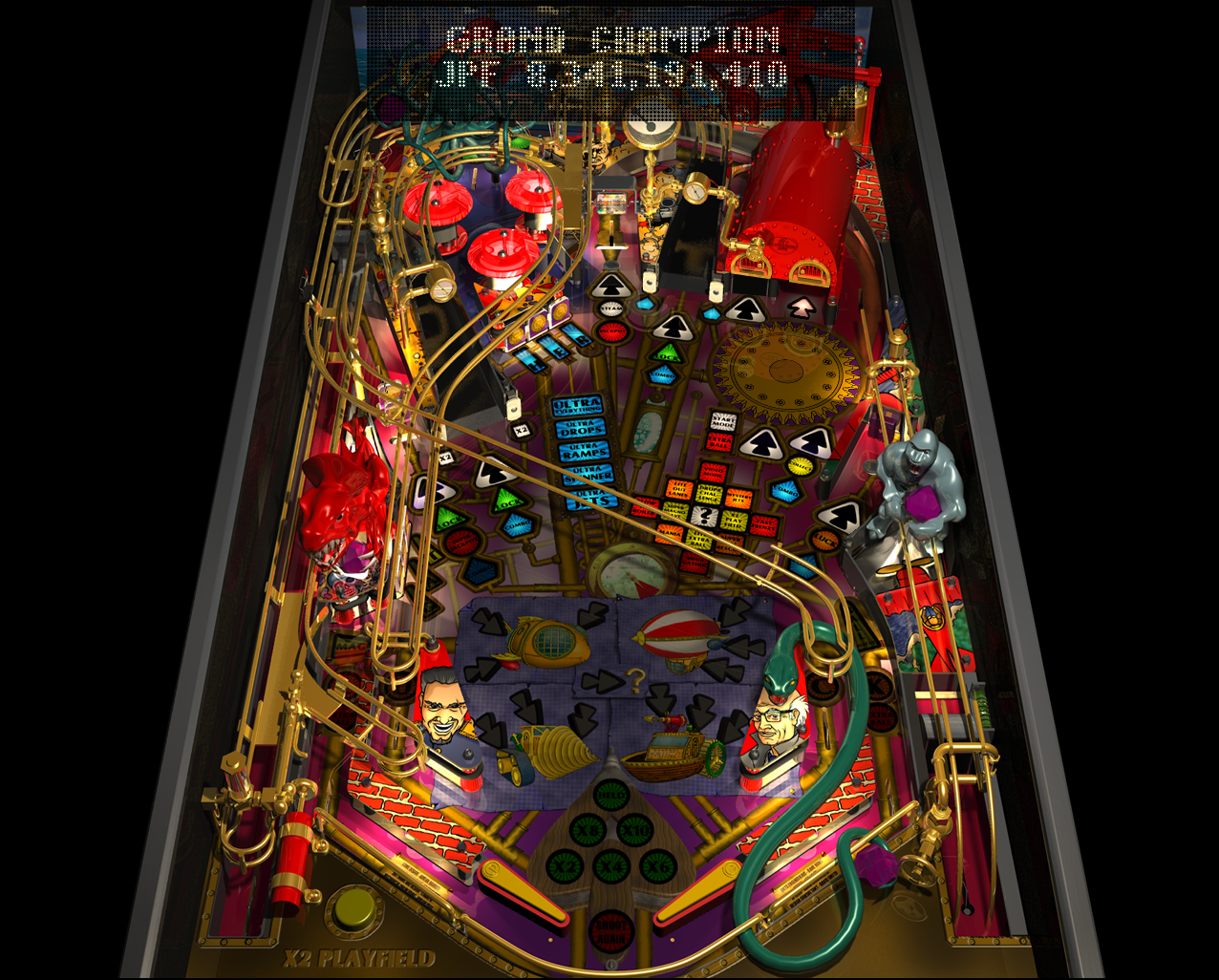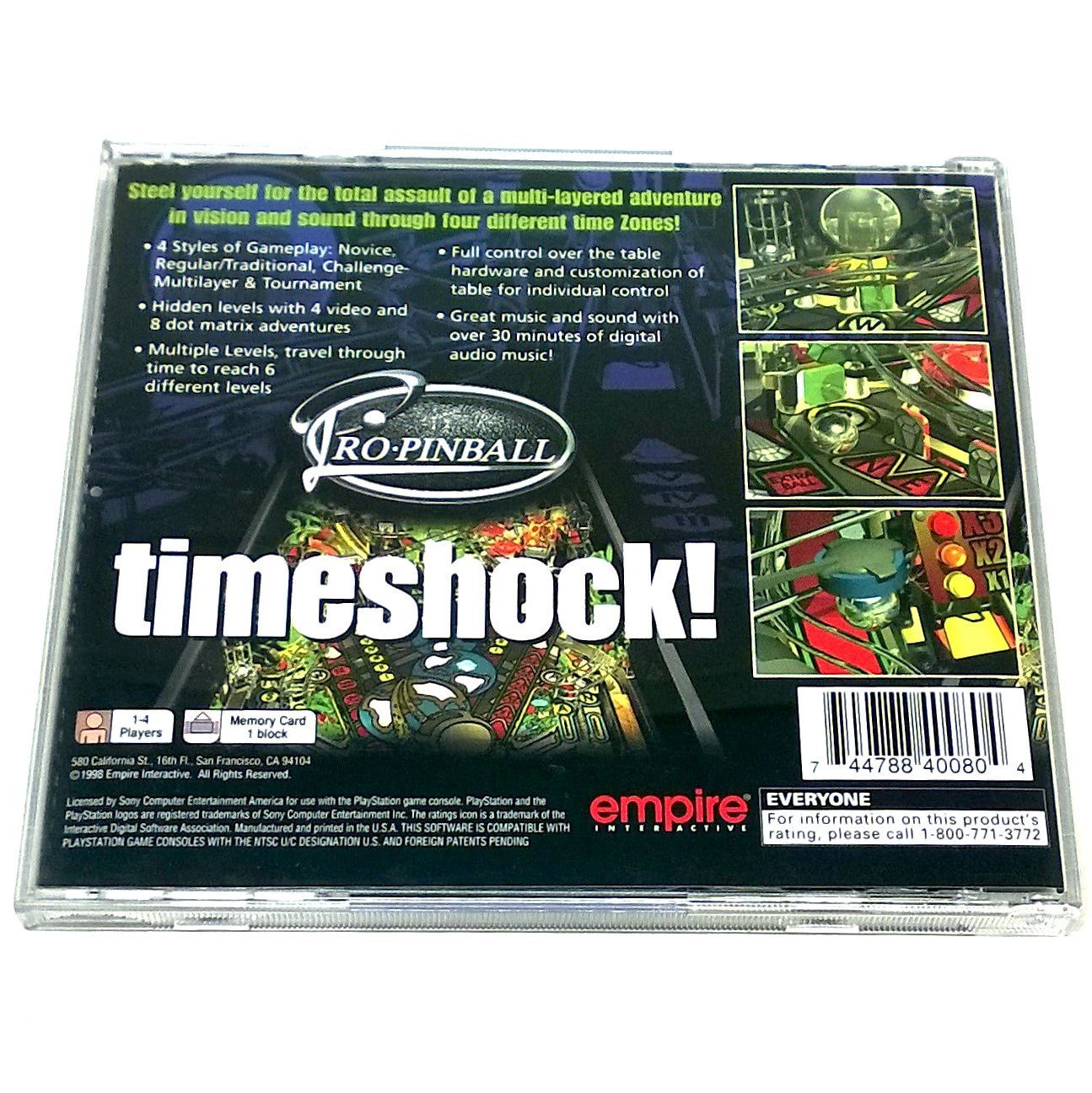

The sound effects do seem to be in there. opt/retropie/emulators/dosbox/bin/dosbox -conf "home/pi/RetroPie/roms/pc/pptime/nf" -c "mount c /home/pi/RetroPie/roms/pc/pptime" -c "imgmount d /home/pi/RetroPie/roms/pc/pptime/pptime.cue -t iso" -c "c:" -c "PINBALL.EXE" -c "exit"īut this also had no effect on the sound issue.

I also included the Timeshock config file in the shell script: I changed up the quality settings on sound but that had no effect. The music is working great now, but there is no speech, no sfx and no mechanical sound (all at maximum level in the in game settings). And select it.Īs you are now in the game, go into the options and set the graphics mode. c instructs Dosbox to make the installation folder drive C: and the cue/bin files a CDROM on drive D: and then run PINBALL.EXE.Ĭrank up emulationstation and look for the 'pptime' menu item in the Dosbox menu. c d $HOME/RetroPie/roms/pc/pptime/pptime.cue -t iso" \ opt/retropie/emulators/dosbox/bin/dosbox \

inside pptime, move pptime.inst to pptime.cue and move pptime.gog to pptime.bin.In the end the installation folder is /home/pi/RetroPie/roms/pc/pptime. The main idea being to avoid spaces in the folder name. folder to the Pi, to /home/pi/RetroPie/roms/pc/, and rename the folder to pptime. I used a standalone installer, but Galaxy might work too.
#Pro pinball timeshock guide install
Install onto Windows, to get the files.As I interpret the licensing, you are licensed to do the next steps. Get Pro Pinball: Timeshock! from Good Old Games.Folks jonesing for pinball asked for notes on getting Timeshock to work, so here's a HOWTO.


 0 kommentar(er)
0 kommentar(er)
